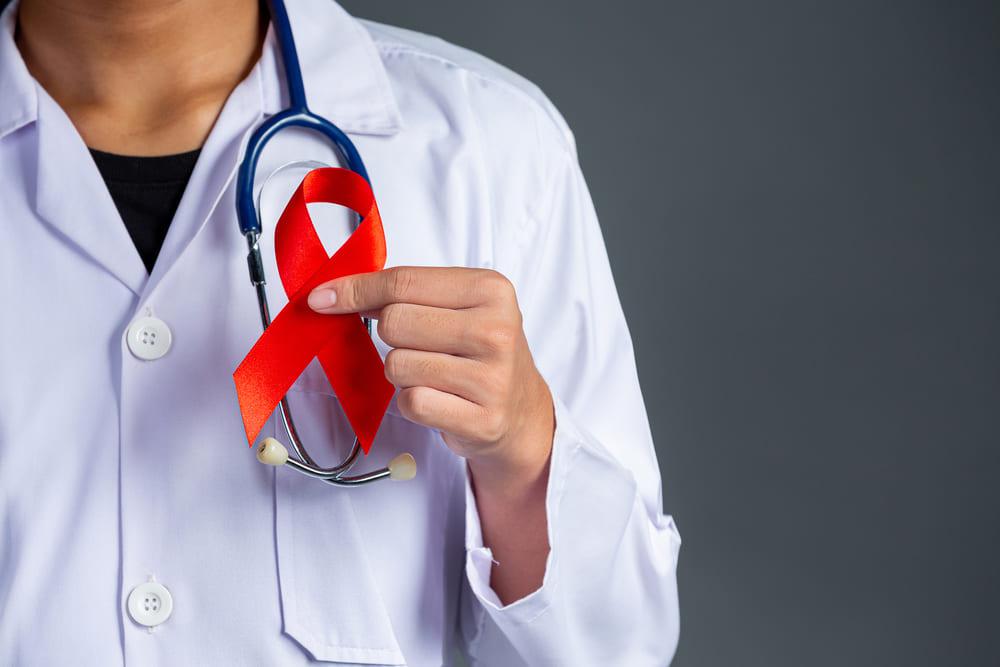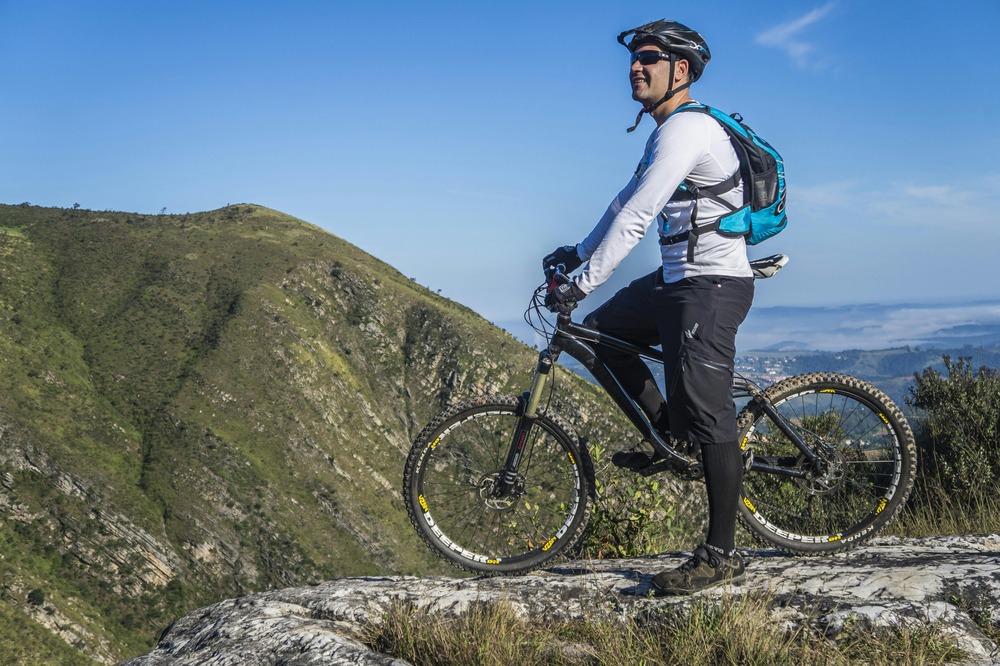HIV prevention has come a long way, and one of the most important medical advancements is PEP (Post-Exposure Prophylaxis). This emergency treatment can stop HIV infection after potential exposure - but time is absolutely critical. In this comprehensive guide, we'll cover everything you need to know about PEP, including crucial statistics, treatment protocols, and real-world effectiveness data.

Understanding PEP: Your Emergency HIV Defense
PEP is a 28-day course of antiretroviral drugs (the same medications used to treat HIV) taken after potential exposure to prevent the virus from establishing infection. Think of it as a "morning-after pill" for HIV exposure, but with much more complexity and a strict time window. 🚨
🔍 How PEP Works:
- Blocks HIV replication at early stages
- Must be started within 72 hours (sooner=better)
- Involves 2-3 antiretroviral drugs
- Requires strict 28-day adherence
The Critical 72-Hour Window
Time is your greatest enemy when it comes to PEP effectiveness. Let's break down why those first three days matter so much:
📊 PEP Effectiveness by Initiation Time
| Hours After Exposure | Effectiveness Rate | Key Considerations |
|---|---|---|
| 0-24 hours 💨 | 95%+ | Best chance of complete prevention |
| 24-48 hours ⏳ | 85-90% | Still highly effective |
| 48-72 hours 🕒 | 50-80% | Effectiveness drops significantly |
| Beyond 72 hours ❌ | <5% | Not recommended |
🔹 Source: WHO 2023 Guidelines on PEP Administration
⚠️ Golden Rule: For maximum protection, start PEP within 24 hours! The medication becomes progressively less effective with each passing hour.
Who Needs PEP? Exposure Scenarios Explained
Not every exposure requires PEP. Here's when you should urgently seek treatment:
High-Risk Scenarios 🚑
- Unprotected sex with someone HIV+ (especially receptive anal)
- Sharing needles with someone HIV+
- Sexual assault cases
- Needlestick injuries (healthcare workers)
- Mother-to-baby exposure during birth
Lower-Risk Scenarios (PEP Usually Not Needed) 🟢
- Protected sex with condom
- Oral sex (extremely low risk)
- Exposure to someone with undetectable viral load (U=U)
💡 Pro Tip: When in doubt, consult a doctor immediately - better safe than sorry!
The PEP Treatment Regimen: What to Expect
Starting PEP is a serious commitment. Here's what the 28-day journey looks like:
📊 Common PEP Medication Combinations
| Drug Combination | Frequency | Common Side Effects | Effectiveness |
|---|---|---|---|
| Tenofovir + Emtricitabine + Dolutegravir (Preferred) | Once daily | Headache, fatigue 😴, nausea 🤢 | 95%+ |
| Tenofovir + Emtricitabine + Raltegravir | Twice daily | Diarrhea 💩, dizziness 🥴 | 90-95% |
| Zidovudine + Lamivudine + Lopinavir/Ritonavir (Older regimen) | Multiple doses | Severe nausea, fatigue 😫 | 85-90% |
🔹 Note: Side effects typically subside after first week
💊 Adherence is Crucial:
- Missing doses reduces effectiveness
- Set phone reminders ⏰
- Use pill organizers
- Report severe side effects to your doctor
Global PEP Access and Statistics
PEP availability varies dramatically worldwide. Let's examine the global landscape:
📊 PEP Access by Region (2023 Data)
| Region | % Healthcare Facilities Offering PEP | Average Initiation Time | Most Common Barrier |
|---|---|---|---|
| North America 🌎 | 92% | 18 hours | Cost 💵 |
| Western Europe 🏛️ | 89% | 22 hours | Awareness ℹ️ |
| Sub-Saharan Africa 🌍 | 45% | 42 hours | Availability 📦 |
| Southeast Asia 🏮 | 63% | 36 hours | Stigma 😶 |
| Latin America 🌴 | 71% | 28 hours | Transportation 🚗 |
🌐 Global Estimate: Only about 60% of people who need PEP actually receive it in time.
Overcoming PEP Challenges
Despite its effectiveness, PEP faces several obstacles:
Common Barriers and Solutions
- Cost 💸
-
Solution: Many countries offer free PEP through public health programs
-
Stigma 😔
-
Solution: Anonymous clinics and telemedicine options
-
Side Effects 🤢
-
Solution: Newer regimens are better tolerated
-
Awareness 🧠
- Solution: Community education programs
🌟 Success Story: In the UK, PEP access increased from 32% to 88% after implementing a national awareness campaign.
PEP vs. PrEP: Understanding the Difference
Many confuse PEP with its prevention cousin, PrEP:
📊 PEP vs. PrEP Comparison
| Feature | PEP 🆘 | PrEP 🛡️ |
|---|---|---|
| Purpose | Emergency prevention after exposure | Ongoing prevention before exposure |
| Duration | 28 days | Continuous |
| Effectiveness | Up to 95% if started <24h | 99% for sex, 74% for needles |
| Best For | Emergency situations | High-risk individuals |
| Cost | Often covered as emergency care | Requires ongoing funding |
💭 Think of It This Way: PrEP is like a vaccine (ongoing protection), PEP is like an antidote (emergency treatment).
The Future of PEP
Exciting developments are on the horizon:
Coming Advancements 🚀
- Long-acting injectable PEP (in clinical trials)
- Simplified 2-drug regimens with fewer side effects
- PEP in a pill (single tablet combinations)
- AI-assisted risk assessment to improve timely access
🔬 Research Spotlight: A new once-weekly PEP formulation showed 98% effectiveness in animal trials (NIH, 2023).
Action Plan: What to Do After Potential Exposure
If you think you need PEP, follow these steps immediately:
🚨 PEP Emergency Protocol
- Don't panic but act quickly
- Wash exposed areas with soap and water
- Call your nearest PEP provider (hospital, clinic)
- Get there within 24 hours if possible
- Bring information about the exposure source if available
- Prepare for 28 days of treatment
- Follow up with HIV testing at 4-6 weeks and 3 months
📱 Helpful Resource: Many countries have 24/7 PEP hotlines - save the number in your phone now!
Final Thoughts: Knowledge Saves Lives
PEP represents one of modern medicine's most powerful HIV prevention tools, but its effectiveness depends entirely on swift action. Remember:
- ⏳ 72-hour window is absolute
- 💊 28-day adherence is critical
- 🏥 Early access saves lives
- 🔄 Follow-up testing is mandatory
While PEP isn't perfect, it's saved countless lives since its introduction. By sharing this knowledge, you might help someone make that critical decision in time. After all, when it comes to HIV prevention, every hour truly counts. ❤️
Spread Awareness: Share this guide to help others understand this life-saving option!




